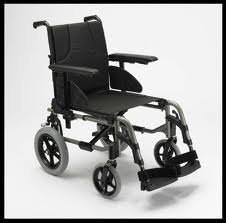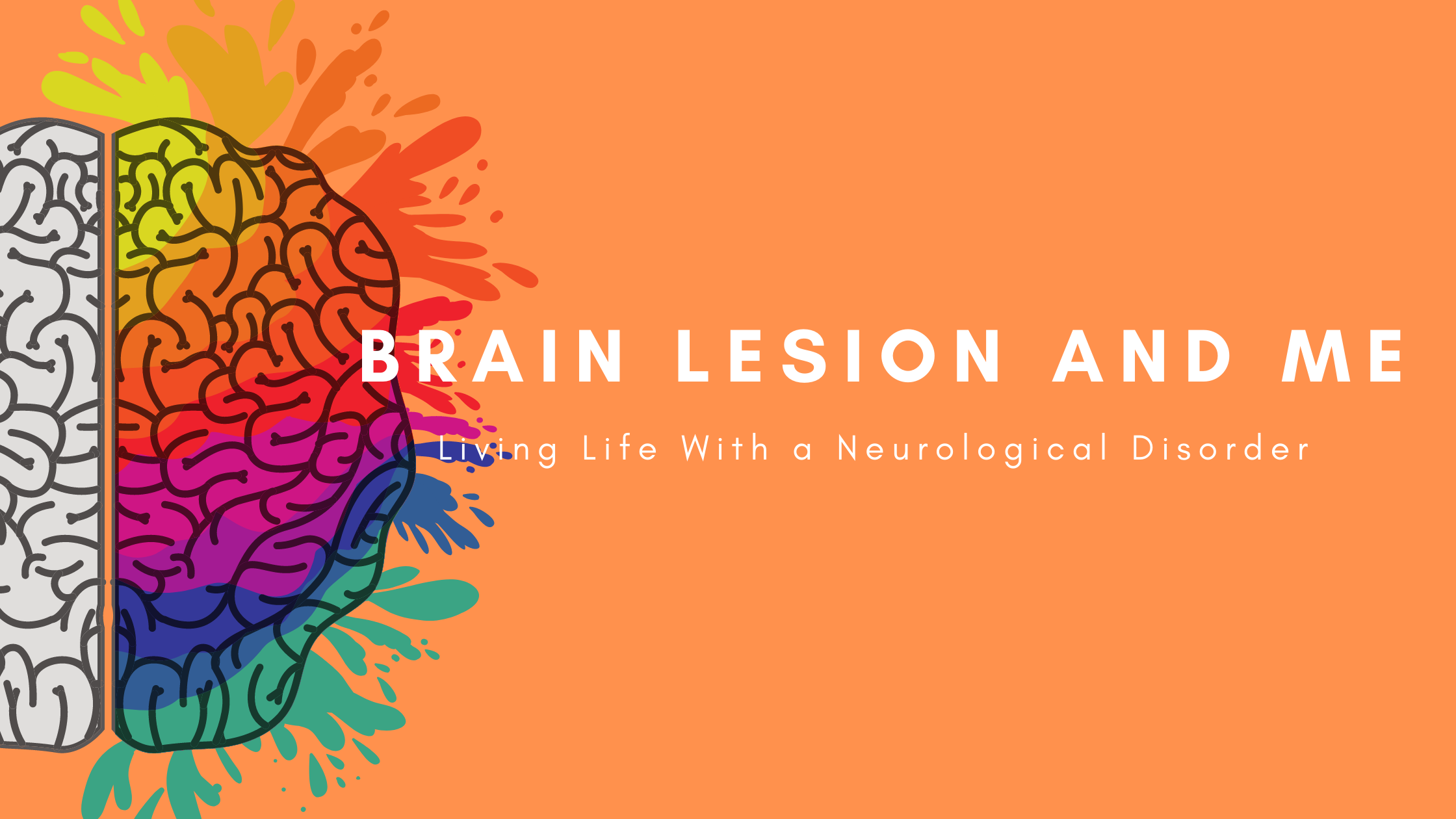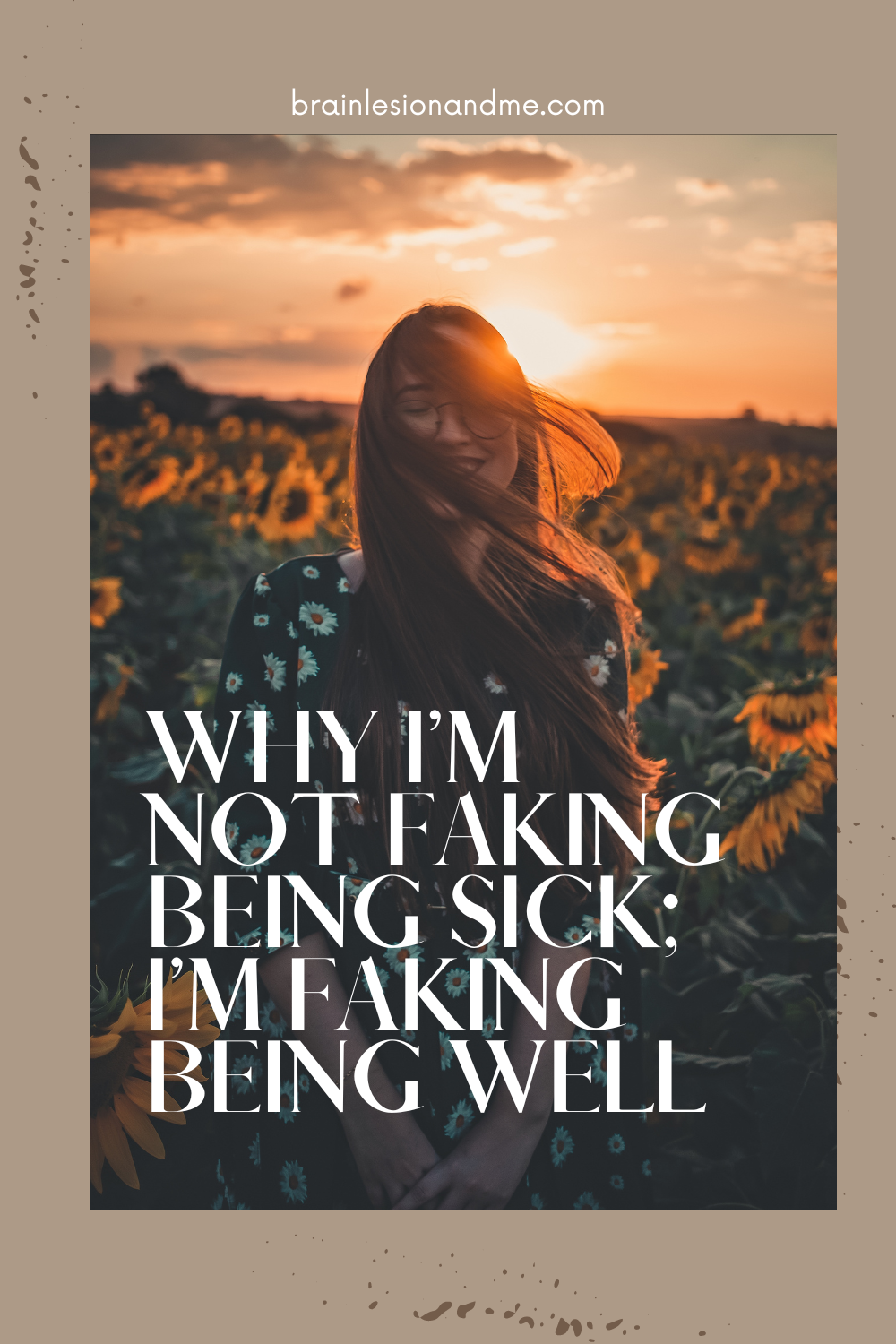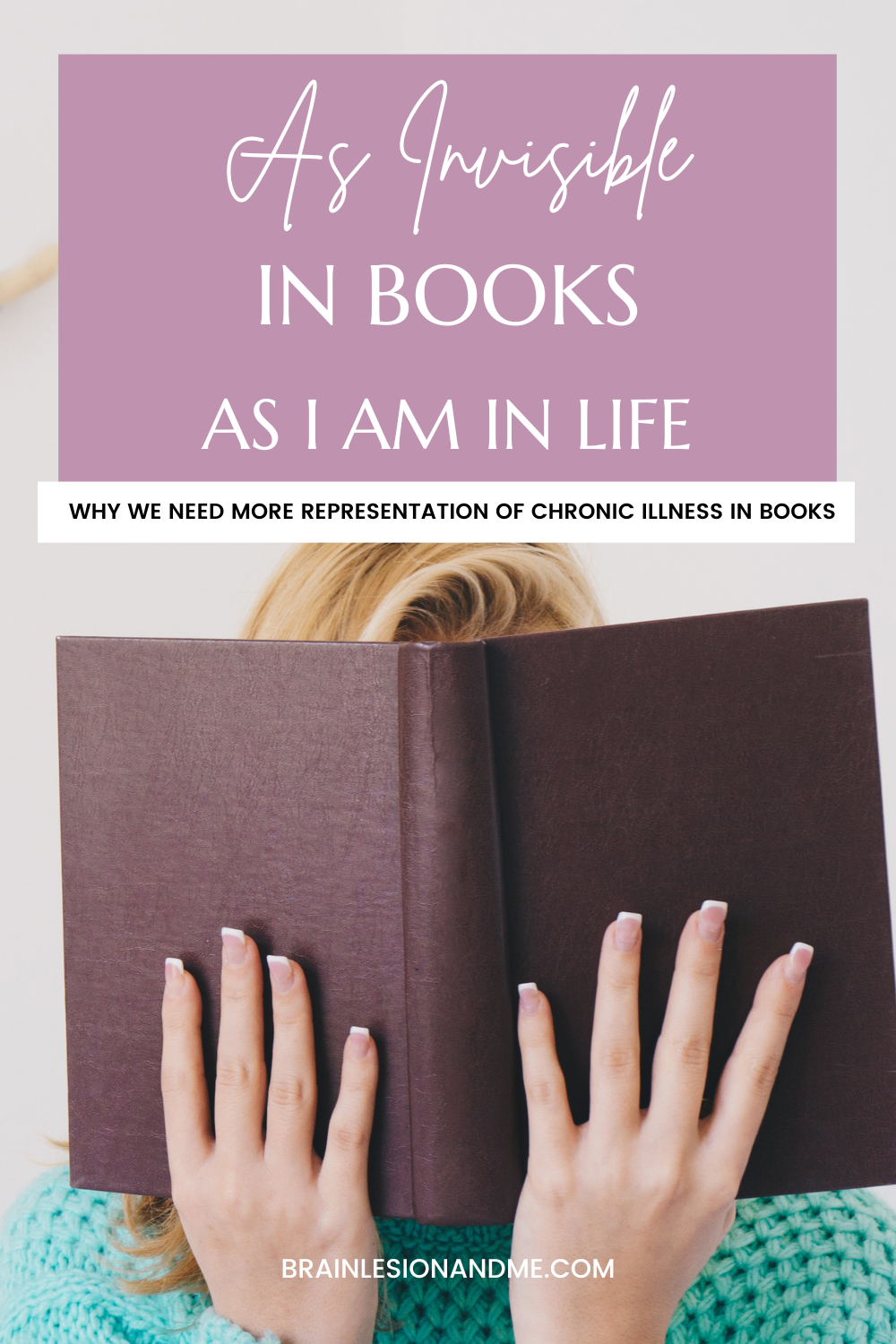Being visibly invisible: The debate of stigma and invisible vs visible illnesses

Welcome to the seventeenth day of the National Health Blog Post Month Challenge hosted by WEGO Health. Every day during the month of November I will be writing a new blog post related to health and living with a chronic illness based on given prompts provided by WEGO Health.
Today’s post reads:
Invisible Illness versus Visible Illness: What are some stigmas you have experienced with your invisible OR visible illnesses that have made you feel invisible? How have you tackled them?

Etymologically the word ‘stigma’ derives from the Greek word stigma, meaning a mark of disgrace either made from branding or pointing. The mark was used to mark individuals who were seen as different, and by branding such individuals with visible marks it made it possible for society to avoid them. In modern times, although many groups of society are not marked in this way, they still are shunned by society. And those individuals living with illnesses; either visible or invisible are just one example of a group that are still being rejected by the wider society.
As I am someone who has lived through illness at times when it has been both invisible and visible, I can categorically state that stigma occurs in both of these categories. Obviously, when the illness is invisible, however, it is harder for people to stigmatise individuals with such conditions as you cannot tell that there is a problem with them, unless it has been divulged to them. These social networks however may be an example of a group that stigmatises an individual because of an invisible illness. For example, I know many people who constantly live with fatigue, and often as a result have to cancel appointments or plans with others because of it. Friends and acquaintances however do not tolerate or accept this behaviour as they cannot imagine or accept that tiredness can have such an adverse impact upon a person, and as result can perceive the individual as being lazy or uninterested in their friends.

We need supportive friends when living with an invisible illness and to be believed and supported
Also, with many invisible illnesses, those suffering with such conditions do not always look sick, and consequently many do not acknowledge the fact that they are in fact sick, and the term “But you look so good!” is therefore banded about. It is this lack of looking unwell, that results in many not believing a person when they do divulge that they are sick and has become one of the most common stigmas of invisible illnesses. Another common stigma associated with invisible chronic conditions is the train of thought that such individuals do not deserve such privileges such as a disabled blue badge; a stigma that I myself have faced on several occasions and have written about in a previous post entitled ‘Becoming Visible in an Invisible World‘.

Being in a wheelchair can make you feel as if you are invisible!
However, as I am at the stage where I need a wheelchair going out, my condition therefore is now much more visible, so what are the stigmas that I have faced whilst living with a visible chronic health condition? The first that I have really noticed is the feeling that the condition and disability is taking over my personal identity; the often feeling that people see me as the ‘girl in the wheelchair’ rather than the person I am. An example, of this is the fact that when I have been out recently, people often talk to my carer or the person I am with instead of talking directly to myself. This can be demoralising, and feels as if people perceive all individuals with disabilities as being unable to hold a conversation. My problem is with my legs and not my intellect, I often feel like screaming. It’s as if that because people need to look down on us, in the literal sense, then it must mean we all need to be pitied or looked down upon, metaphorically speaking.
When people do not talk to me directly, which I have encountered on numerous occasions, this definitely makes me feel very much invisible. The way I have tackled this problem, is by holding my head up high and starting conversations with people on checkouts; and in shops as a way of subtly letting them know that although I am in a wheelchair I do not need someone to talk for me; I find it does work and the same cashiers have not done it again!
Do you live with an invisible or visible health condition? What are some examples of stigma that you have personally faced? As ever would love to hear your thoughts and experiences as well as any other comments you may have! Feel free to comment below…




Barbara
I only know the invisible version, suffering from several forms of chronic pain. Maybe I’m lucky that one of it is migraine, because whenever I have to cancel an appointment, it is always “migraine”. No one understands things like pelvic pain, for example, but almost everyone knows someone with migraine, so I prefer to say that. And of course, a full-force migraine can become very visible :/ Migraine was also accepted as one reason for my disability status, but pelvic pain – even though it is more constant and thus influencing my life much more, up to the point that I cannot take on any regular work – was not accepted. People just don’t know what to make of it.